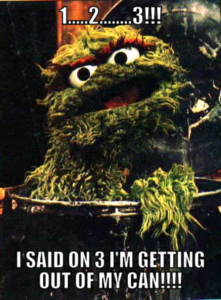Trying to decipher the best method of teaching your child ‘right’ versus ‘wrong’ and ‘desirable’ versus ‘undesirable’ behaviors can be frustrating. Some of the verbiage that you hear and read can also be confusing. Let’s look at what the differences are between reinforcements punishments & discipline, and which may have the most positive and long-term outcomes for your child’s success.
 Most parents mistakenly assume the terms ‘discipline’ and ‘punishment’ are synonymous. According to the American Heritage Dictionary, discipline refers to “training that is expected to produce a specific character or pattern of behavior, especially training that produces moral or mental improvement.” A key word in this definition is improvement that means “to increase, develop, or enhance.”
Most parents mistakenly assume the terms ‘discipline’ and ‘punishment’ are synonymous. According to the American Heritage Dictionary, discipline refers to “training that is expected to produce a specific character or pattern of behavior, especially training that produces moral or mental improvement.” A key word in this definition is improvement that means “to increase, develop, or enhance.”
Positive reinforcement is often misunderstood because it is not usually associated with discipline. Surprising to some, positive reinforcement is a form of discipline. When you catch your child engaging in a behavior that is positive or desirable, make sure to positively reinforce that behavior (through verbal recognition, praise, or small rewards that have meaning). Positive reinforcement usually only needs to be done intermittently to be highly effective. This form of discipline is extremely effective because it results in your child respecting you; promotes an intrinsic desire to want to ‘do good’; enhances your relationship with your child, and increase self-confidence.
Punishment is different in the way that it does not provide an opportunity to learn or guide. Rather, punishment is a quick method of suppressing undesired behaviors. The key word suppress reflects the action of pushing down, simply saving the undesired behaviors for another day or in a different environment. With punishment, there is no promotion of a sense of self, and a lack of learning how to mange emotions.
